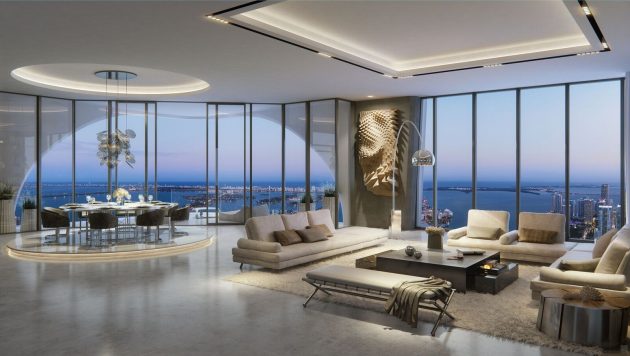The new decade has been ushered in by a lot of disruption; the Coronavirus pandemic has wreaked havoc on many sectors of the economy, bringing many businesses to their knees. Life as we know it has been completely altered, with authorities around the world enforcing stringent measures in a bid to curb the spread of the deadly virus. Since the Coronavirus disease is highly contagious, most of these measures are centered around preventing close human contact as much as possible. As a result, all sorts of social gatherings have been outlawed in many countries with others even implementing total lockdowns. Companies are also being encouraged to allow their employees to work from home because human contact is quite inevitable in offices.
Still, the pandemic can also be associated with a few positive changes. For instance, the communication sector has seen considerable improvements with industry-leading companies looking to enhance how we stay in touch with each other. The building and construction industry has also been positively impacted by the pandemic. For instance, signage companies are greatly capitalizing on the internet; they’re offering a-z design tool for personalizing and ordering sign prints online, thus revolutionizing the industry.
Of all the alterations that have been brought about by the onset of the virus, perhaps the biggest curveball that people have faced is having to work from home. This adjustment has been rather difficult for many people to make. Given that only seven percent of Americans were previously working from home, most employees aren’t accustomed to remote working, it might be hard to separate your workspace from your living space at home.

The Transition to Working from Home
Although work has been confined to homes, employers still expect their workers to perform just as efficiently as they would if they were in an office set-up. This can be a challenge for many, especially those who’re just getting introduced to working from home. However, if you employ some ingenious interior design when reorganizing your home, you can easily create a functional working space for yourself. For those who choose to take the DIY route, it’s extremely important that they familiarize themselves with the elements of interior design in order to get the best results.
Components of Interior Design
When it comes to spicing up living space, there are basically seven principles that one can deploy to end up with a fabulous interior. Here’s a breakdown of these elements and how you can utilize them on your project.
Light
Proper lighting is a very crucial factor in interior design; it’s responsible for setting the general ambiance of a room. While you’d generally want to design a room that receives lots of natural light, it’s equally important to consider your artificial lighting options as well. An important factor to always keep in mind is that your workspace ought to have its own light source; using the main light source of the room for working is uncomfortable and harmful to the eyes.
Lines
There are many important roles that lines play in interior design. Lines come together to create various shapes that give the whole room a certain look. They are divided into three main groups namely dynamic, vertical, and horizontal. Horizontal lines comprise of items with parallel surfaces such as desks and beds. They’re able to give the illusion that the room is wider than it really is. You can incorporate the use of lines when setting up your work desk to give your station a refined look. Vertical lines are prevalent on pillars, doorways, and window frames. Dynamic lines, on the other hand, are found on curved surfaces such as arches.
Space
The position of your workstation should be dictated by how you plan on utilizing the whole space. When thinking about space, you should not only consider the floor size but the vertical size of the room as well. Another thing that you should consider is how you’re going to balance the empty parts of the room with the ones filled with furniture and other items. This helps in creating symmetry and can also be a great way of determining where you should set up your office.
Color
The shade of the room you intend to work in plays a vital role in creating the appropriate atmosphere. Brighter colors tend to exude calmness and tranquility while darker shades can be a little bit chaotic and loud. The right mix of colors is essential for productivity; therefore, it’s important that you familiarize yourself with the color theory before beginning your renovations.
Textures
Textures can be divided into two main categories namely visual and physical textures. Visual textures consist of items such as paintings and finishing which give an outward feel of surfaces. Physical textures on the other hand deal with how hard or soft surfaces feel on the hands.
Forms
Forms are generally the shapes that are found in a room. Some forms are boxy, with sharp edges while others have curvier and smooth edges. Choosing the right shapes to incorporate into your home office is quite crucial as it determines the overall aesthetic of the room.
Patterns
Patterns work alongside other elements in order to produce the best results. They add personality to the room by providing continuity and repetition. Patterns can be on different objects such as chandeliers, furniture, drapes, and fabrics or painted on walls. Patterns are also quite great for promoting the aesthetic of a room.
Conclusion
With companies such as Twitter already announcing that their workers can permanently work from home, it’s best that everyone to find a way of making their homes conducive for work. The details mentioned above are sure to aid those who want to turn their homes into functional working environments.














